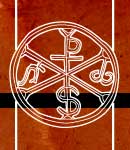
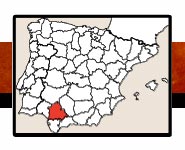

 |
 |
||
 |
|||
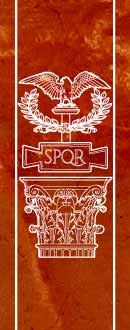 |
(40)/R-TE/SEVI-SeviB-40.jpg) |
-55/BOOK-cort-40.jpg) |
 |
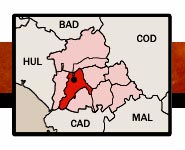 |
||
 |
|||
 |
ACCESO A SEVILLA : Capital andaluza puedes acceder por la A-4 (Cádiz, Madrid y Córdoba), por la A-49 (Huelva y Portugal), por la A-66 (Mérida) y por la A-92 (Granada). Los enclaves se ubican en el centro histórico, ver el plano. ACCESO PARA MINUSVÁLIDOS : Con silla de ruedas tenemos visita factible para La Maestranza (parcial) y La casa de Pilatos (solo parcial) y visita no factible solo el exterior para el Archivo General de Indias (escalinata), Hotel Alfonso XIII (escalinata), el Museo Etnográfico y el Museo Arqueológico. |
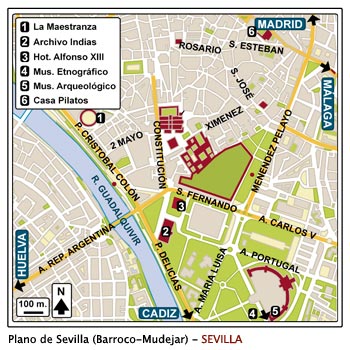 |
ACCESS TO SEVILLA : Capital of Andalusia is accessed by the A-4 (Cádiz, Madrid and Córdoba), by the A-49 (Huelva and Portugal), by the A-66 (Mérida) and by the A-92 (Granada). The sites are located in the historic center, see the map. ACCESS FOR HANDICAPPED : With a wheelchair we have a feasible visit to La Maestranza (partial) and Pilatos House (only partial) and isn't visitable, only the outside, to the General Archive of the Indies (staircase), Alfonso XIII Hotel (staircase), the Ethnographic Museum and the Archaeological Museum. |
||||
 |